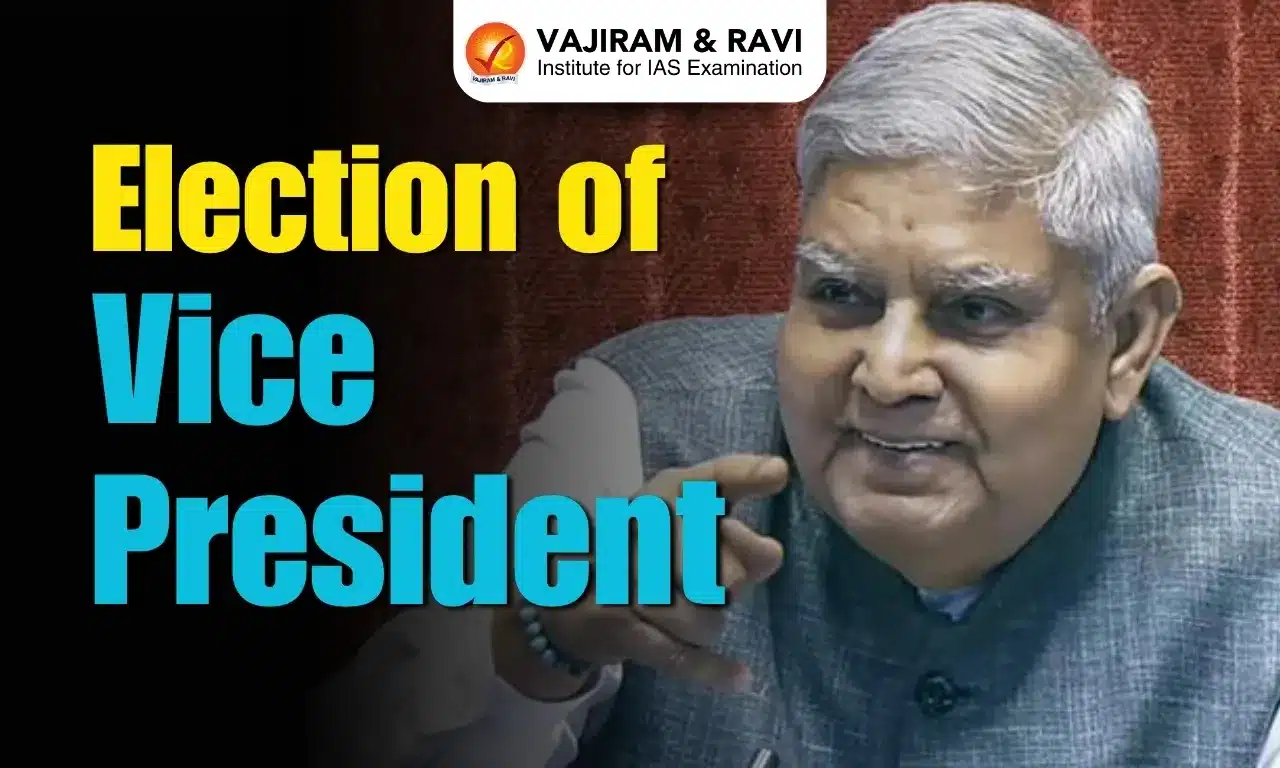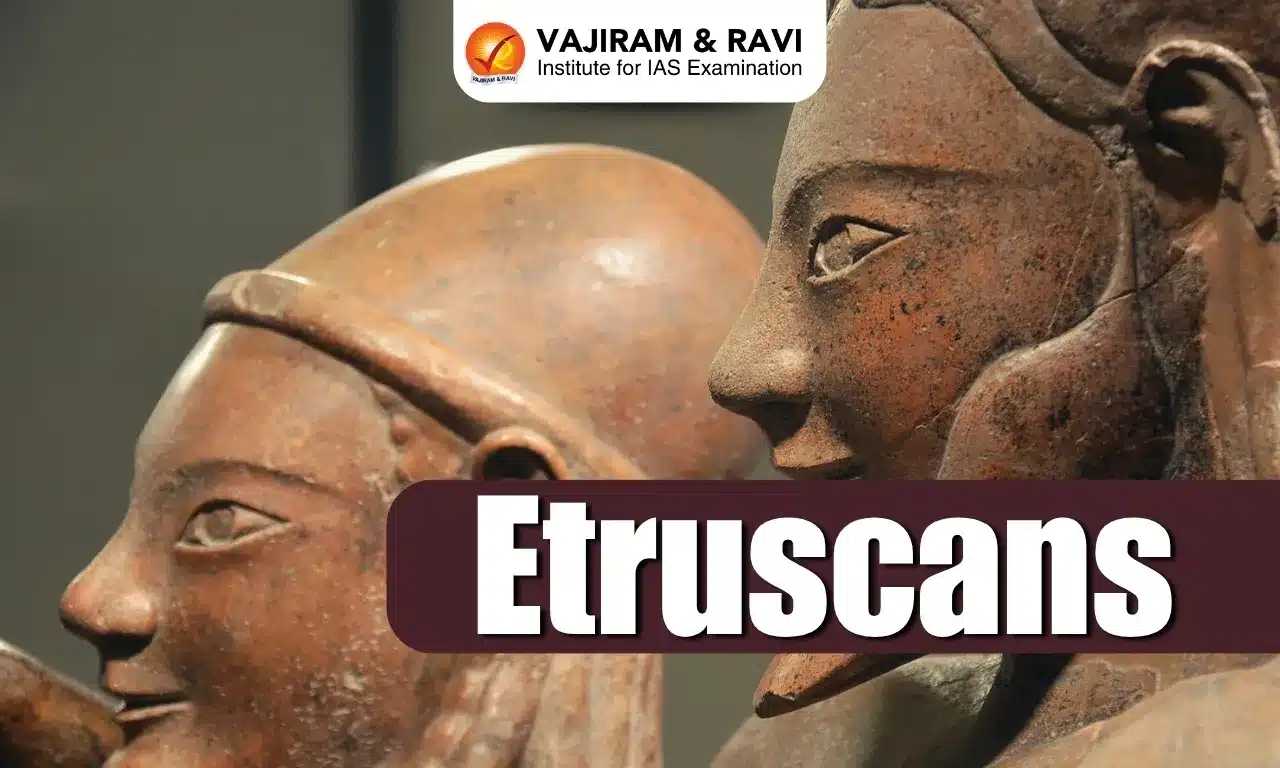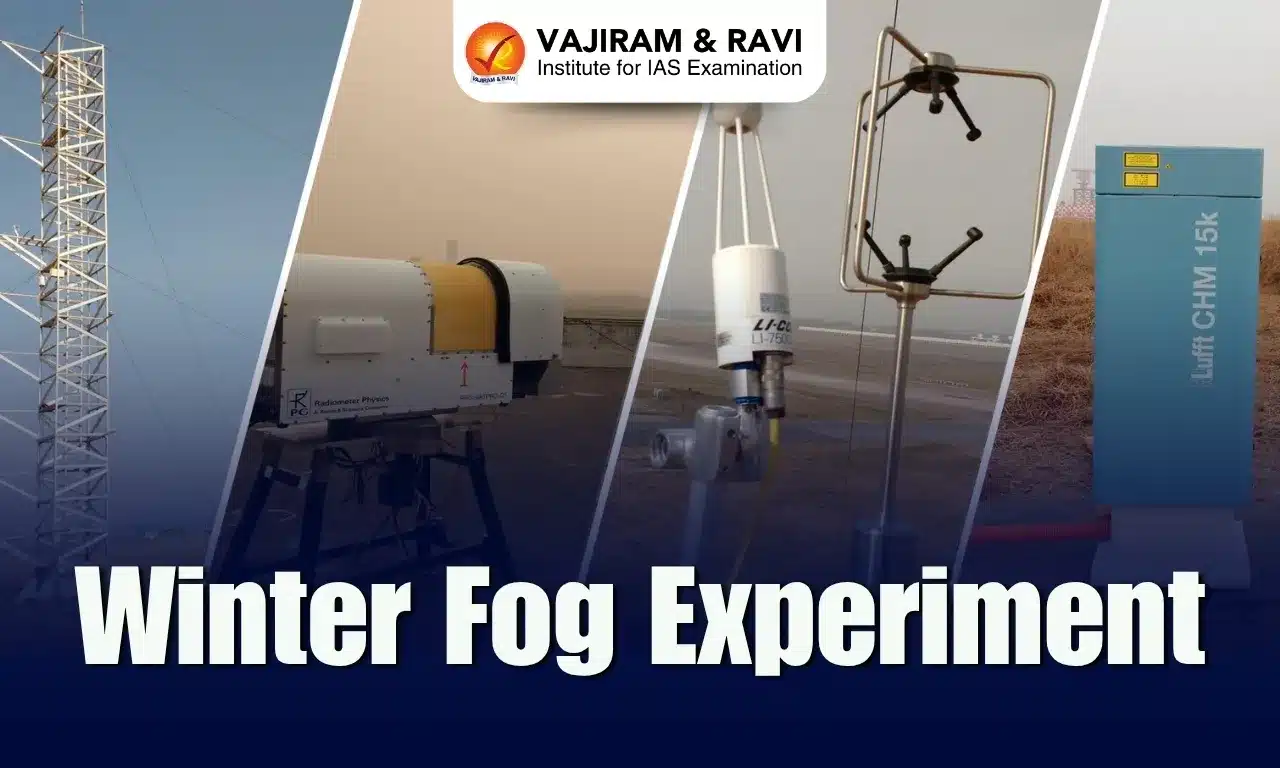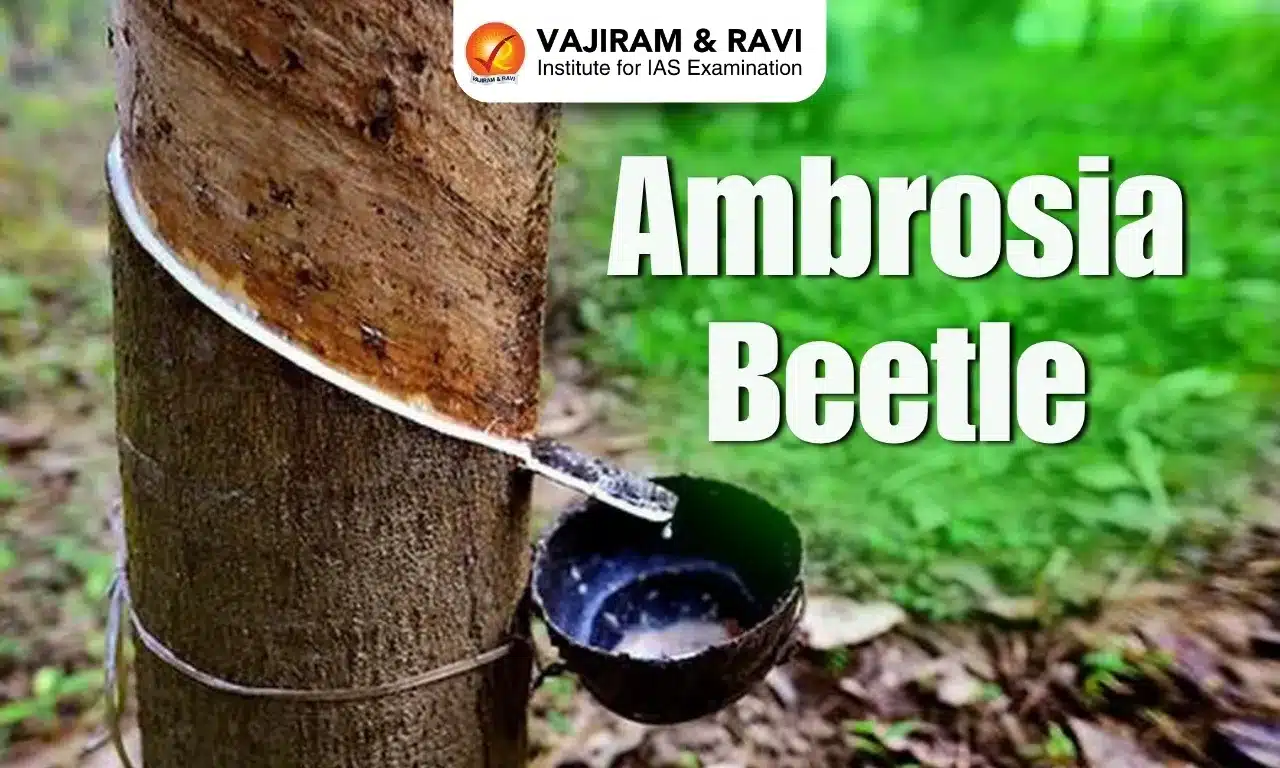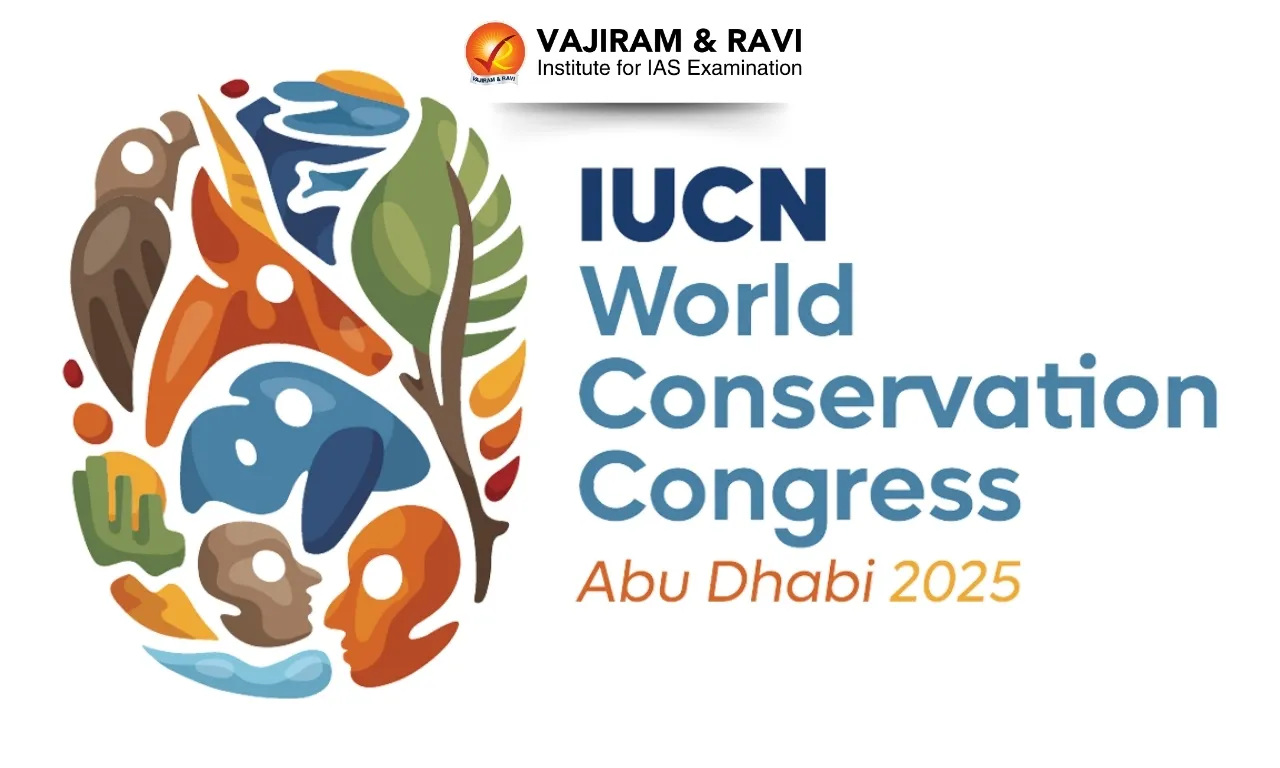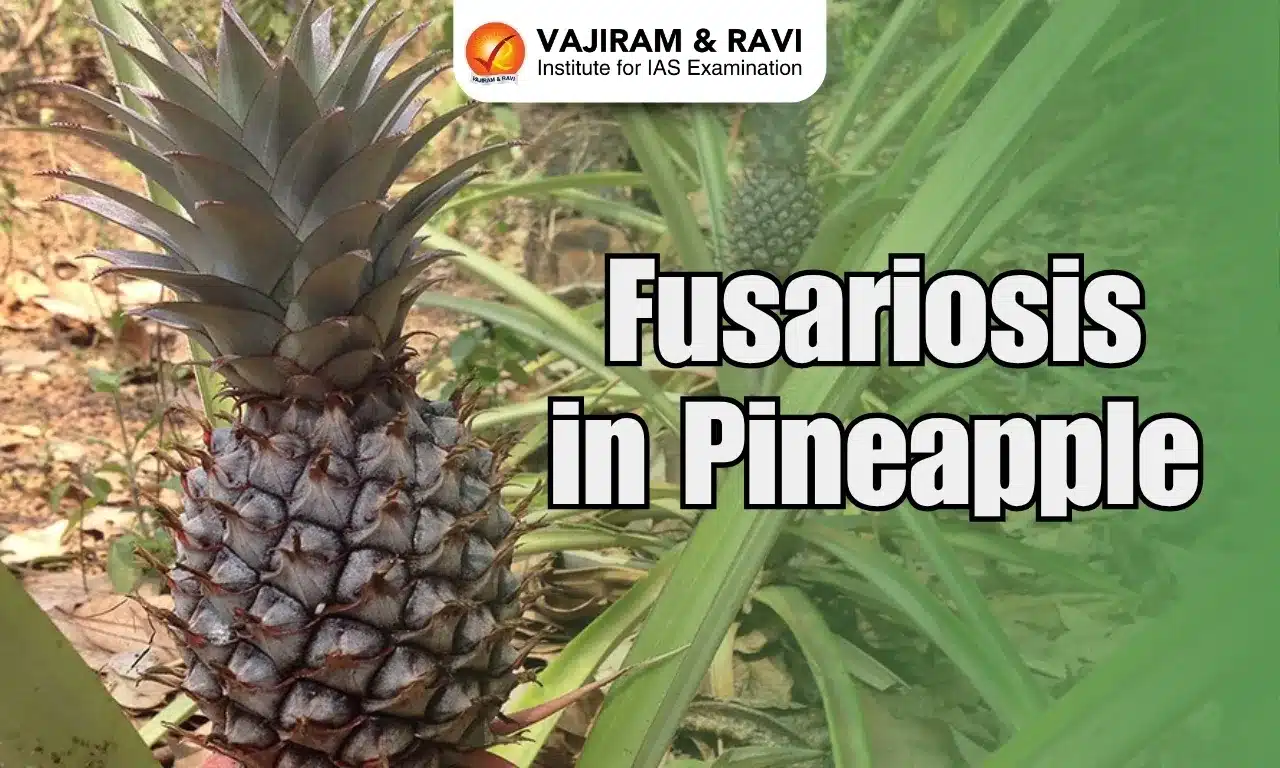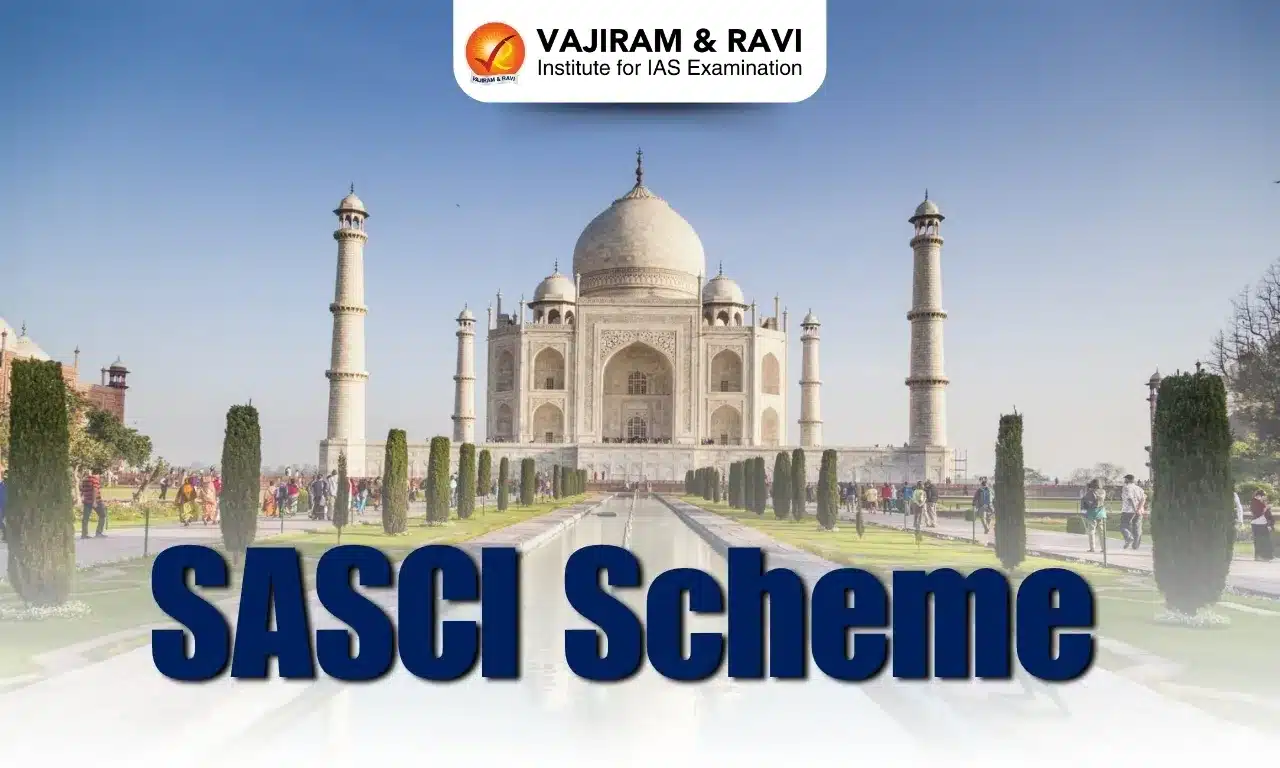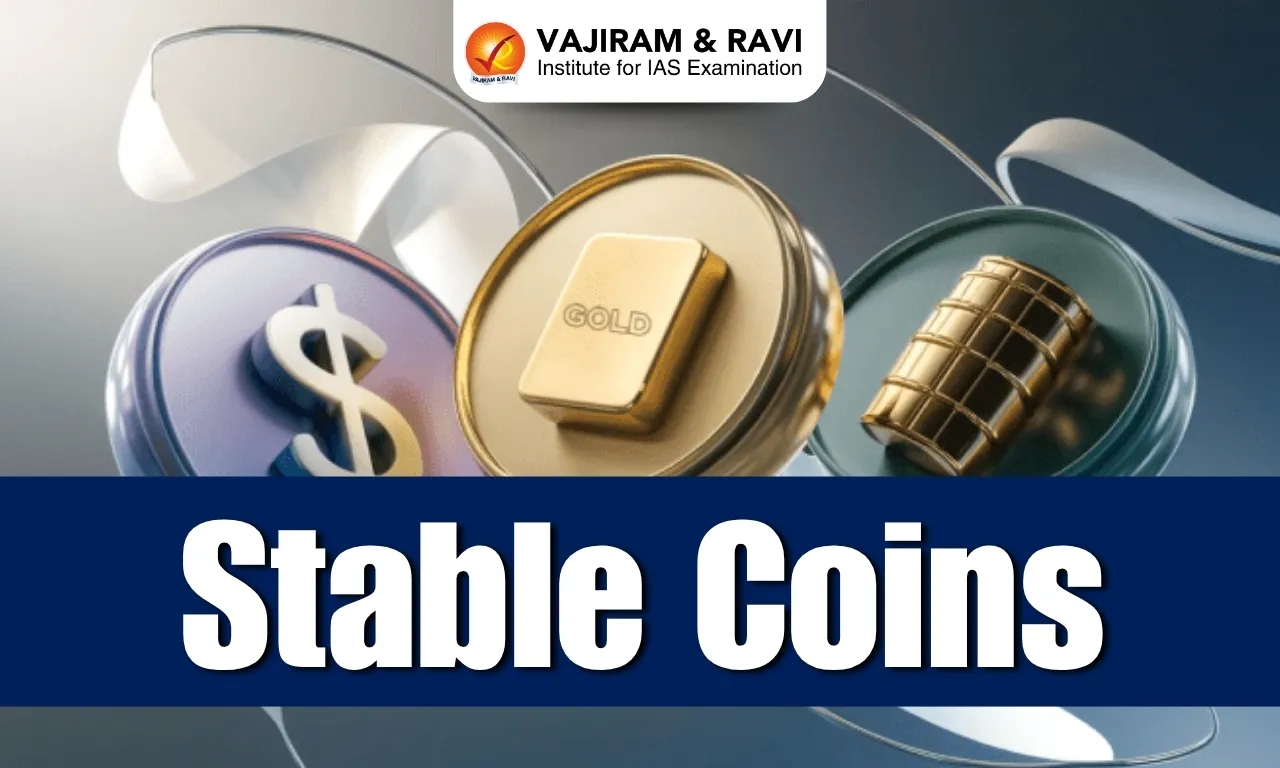Election of Vice President of India Latest News
With the resignation of Vice-President Jagdeep Dhankhar, the Election Commission of India will have to announce the election to fill the position with immediate effect as the constitutional post cannot be left vacant.
About Election of Vice President of India
- The Vice-President is elected by an electoral college consisting of members of both Houses of Parliament, in accordance with the system of proportional representation by means of the single transferable vote, and the voting in such election is by secret ballot.
- The Electoral College to elect a person to the office of the Vice-President consists of all members of both Houses of Parliament.
- The electoral college for electing the President of India comprises only the elected members of Parliament and State Legislative Assemblies.
- The Vice-President is not a member of either House of Parliament or of a House of a Legislature of any state.
- If a member of either House of Parliament or of a House of a Legislature of any state is elected as Vice-President, he is deemed to have vacated his seat in that House on the date he/she enters his office as Vice-President.
- A person cannot be elected as Vice-President unless he
- is a citizen of India;
- has completed the age of 35 years, and
- is qualified for election as a member of the Council of States (Rajya Sabha).
- A person is not also eligible if he holds any office of profit under the Government of India or a State Government or any subordinate local authority.
- An election to fill a vacancy caused by the expiry of the term of office of Vice-President is completed before the expiry of the term.
- In case a vacancy arises by reasons of death, resignation or removal or otherwise, the election to fill that vacancy is held as soon as possible after the occurrence.
- The person so elected is entitled to hold office for a full term of 5 years from the date he enters office.
- Under Article 324 of the Constitution of India, the authority to conduct elections to the Office of Vice-President is vested in the Election Commission of India.
- Other Provisions:
- The Returning Officer usually appointed to conduct the Vice-Presidential elections is the Secretary-General of either House of the Parliament, by rotation.
- Any person qualified to be elected and intending to stand for election as Vice-President is required to be nominated by at least 20 MPs as proposers and at least 20 MPs as seconders.
- A candidate seeking election as Vice-President is required to make a security deposit of Rs.15,000/-.
- Disputes regarding Election of the Vice-President:
- All doubts and disputes arising in connection with the election of the Vice-President are enquired into and decided by the Supreme Court of India, whose decision is final.
- A petition challenging the election of the Vice-President is heard by a five-judge bench of the Supreme Court of India.
Source: TH
Election of Vice President of India FAQs
Q1: Who elects the Vice-President of India?
Ans: Electoral college consisting of all members of both Houses of Parliament.
Q2: What is the method used for the election of the Vice-President of India?
Ans: Proportional representation by means of the single transferable vote.
Q3: What is the tenure of the Vice-President of India?
Ans: 5 years
Q4: Who is responsible for conducting the election to the office of Vice-President?
Ans: Election Commission of India
Q5: Who is appointed as the Returning Officer for the Vice-Presidential election?
Ans: Secretary-General of either House of Parliament (by rotation)

